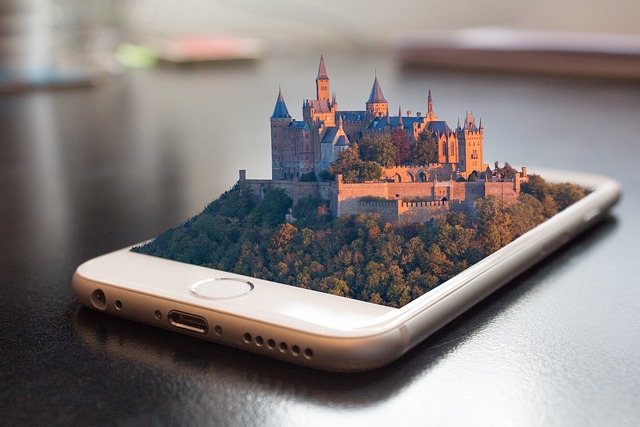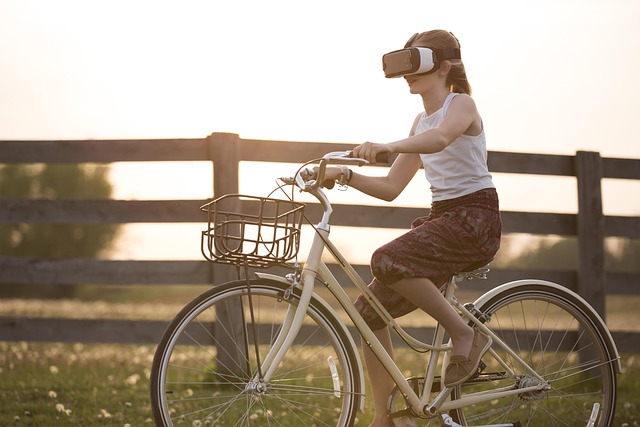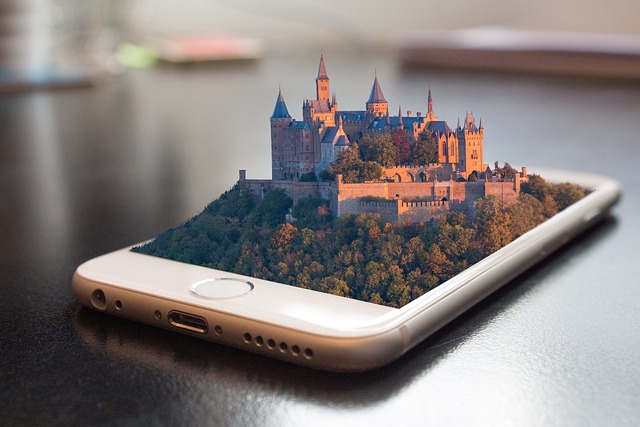
Diving into the Metaverse: Exploring the Impact of Virtual and Augmented Reality in Education
As we navigate through the digital age, a new frontier in education has emerged: digital reality in education. The combination of virtual reality (VR) and augmented reality (AR) is reshaping how students learn, interact, and engage with educational content. Both technologies promise to create immersive experiences that foster a deeper understanding of complex concepts.
Virtual reality is transforming classrooms by allowing students to enter entirely new worlds. Imagine a biology lesson where students can explore the human body in 3D, examining organs and systems up close without leaving the classroom. This form of immersive learning allows for a level of engagement and understanding that traditional methods may fail to achieve. By stepping into the digital realm, students become active participants in their education, rather than passive recipients of information. This hands-on approach can enhance retention and ignite a passion for learning that classical textbooks may struggle to inspire.
On the other hand, augmented reality adds a layer of information to the real world, enhancing our environment with digital elements. In an AR-enabled classroom, students can point their devices at a book and watch historical figures come to life or see complex mathematical concepts visualized in real-time. This fusion of the digital and physical worlds enhances comprehension and makes learning interactive and fun. The ability to visualize abstract concepts in a tangible way empowers students to grasp and retain information much more effectively.
The concept of the metaverse presents a vast expanse of possibilities for digital reality in education. In this interconnected virtual universe, learners from all over the world can come together, collaborate, and share knowledge. Teachers can conduct lessons in digital environments that replicate historical events, ecosystems, or even space. Imagine holding a science experiment on Mars or discussing the Renaissance while walking through a virtual gallery filled with art from the era. The metaverse breaks down geographical barriers, creating an inclusive and global classroom experience.
The integration of these technologies in educational settings doesn’t just enrich learning; it also prepares students for a tech-savvy world. As companies increasingly adopt digital tools for training and collaboration, familiarity with VR and AR equips students with essential skills for the future workforce. Educational institutions that embrace digital reality in education are not only enhancing the learning experience but also opening doors for students; equipping them with the tools they need to thrive in an evolving marketplace.
Yet, the journey into this vibrant digital landscape is not without challenges. Concerns regarding accessibility, equity, and the potential for distraction must be addressed to ensure that all students can benefit from these advancements. Schools and educators must work collaboratively to navigate these hurdles, ensuring that digital reality in education is a bridge to opportunity rather than a barrier.
As we delve deeper into the realms of virtual reality, augmented reality, and the expansive metaverse in education, one thing is clear: these tools have the power to transform learning. By moving beyond traditional pedagogical methods and embracing digital realities, we can create enriched, engaging, and comprehensive educational experiences that resonate with learners of all ages.
Incorporating these technologies into our educational systems opens a world of possibilities, where the only limits are our imagination. The future of learning is not just in textbooks or lectures; it lies in immersive experiences that captivate and inspire students to explore the world around them in new and exciting ways.


